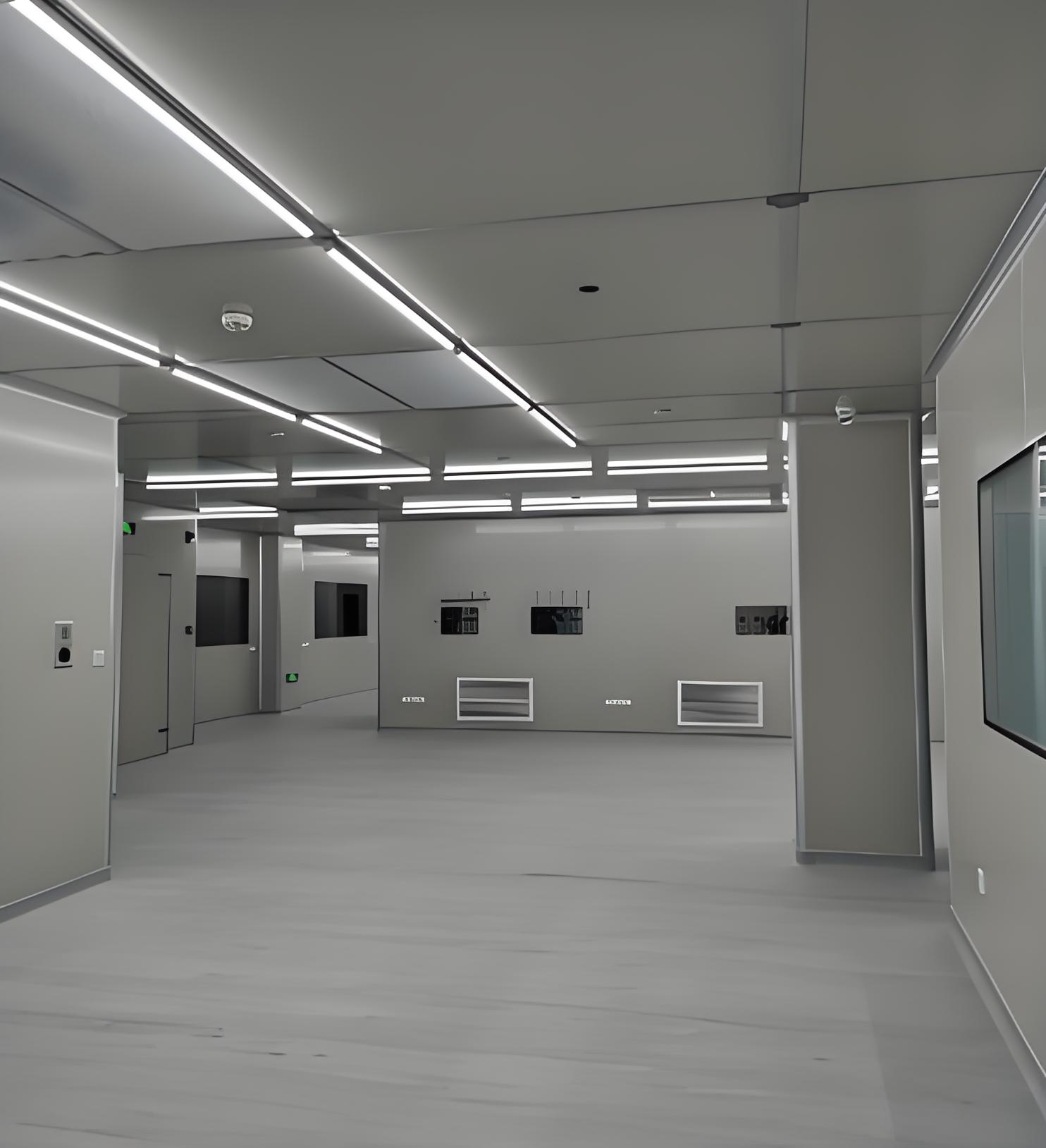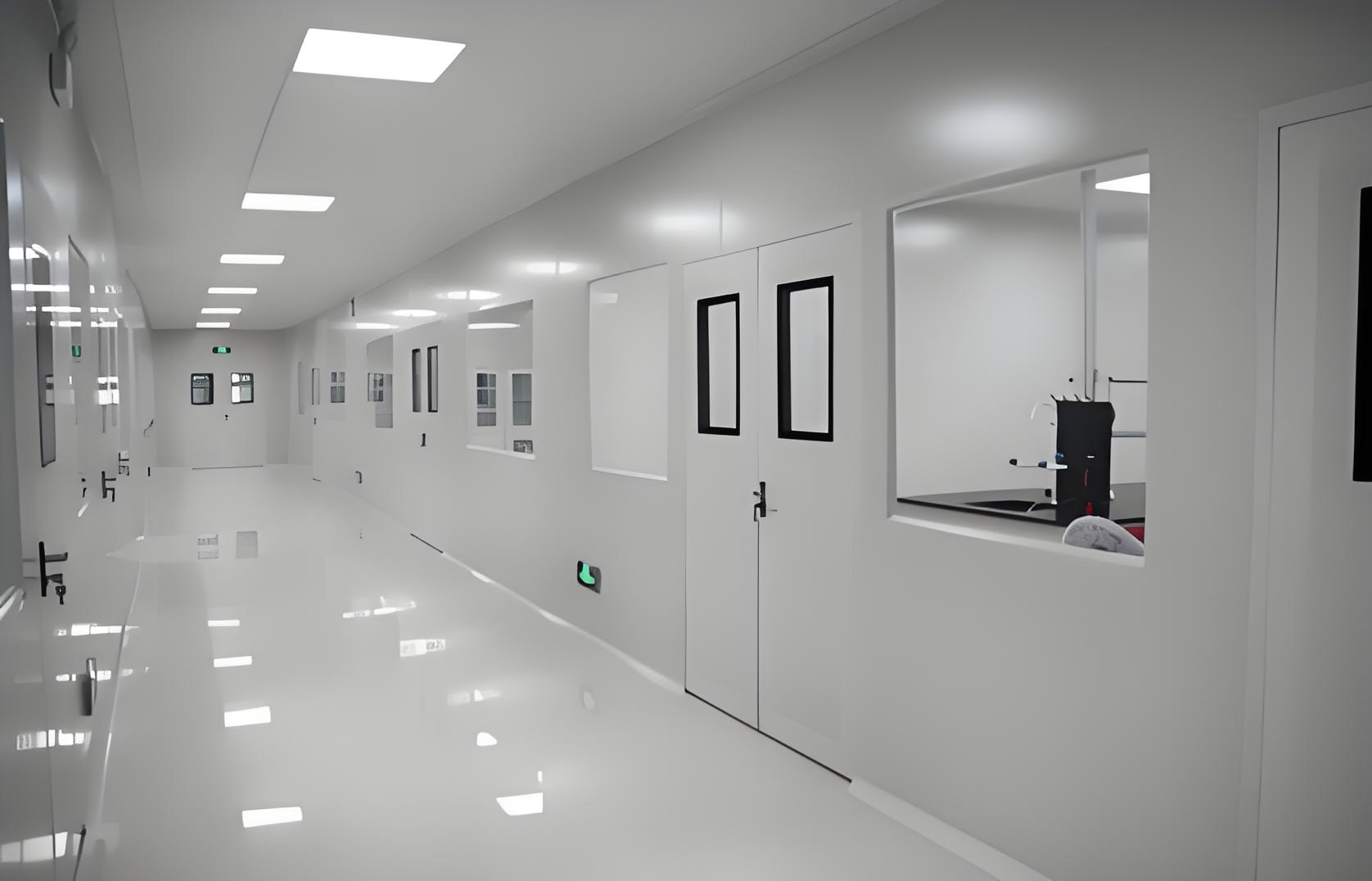




Clean room environments are critical in industries where contamination control is paramount, such as pharmaceuticals, biotechnology, microelectronics, and medical device manufacturing. The heart of any clean room's infrastructure is its clean room wall systems. These systems are not simple partitions; they are engineered solutions designed to maintain stringent levels of air purity, pressure differentials, and environmental control. Choosing the right wall system is a fundamental decision that impacts the clean room's performance, compliance, and long-term operational costs.
This article delves into the world of clean room wall systems, exploring the primary types available, their distinct advantages, and the common challenges project managers and facility engineers face during selection, installation, and maintenance.

At its core, a Cleanroom Wall Panel System is the fundamental building block of a clean room's perimeter. It replaces traditional construction methods like drywall, which are porous, difficult to clean, and prone to shedding particles. These panels are typically constructed with a core material—such as polystyrene (EPS), polyisocyanurate (polyiso), honeycomb paper, or aluminum honeycomb—sandwiched between two durable, non-porous faces. The most common facing materials are aluminum, steel, and fiberglass-reinforced plastic (FRP).
The key characteristics of a standard cleanroom wall panel system include:
Smooth, Non-porous Surfaces: Designed to be easily cleaned and disinfected without degrading.
Coved Corners: Seamless, curved transitions between walls, and between walls and floors or ceilings, eliminate sharp angles where contaminants can accumulate.
Air Tightness: Gaskets and sealing systems ensure the envelope is airtight, preventing infiltration of unfiltered air.
Modularity: While some systems are more modular than others, the concept allows for flexibility and future reconfiguration.
Understanding the basic panel system is the first step before exploring the more specific types designed for different applications and structural requirements.
For many modern facilities, adaptability is as crucial as contamination control. A Modular Cleanroom Wall System is specifically engineered for this purpose. This type of system is characterized by its prefabricated components that can be quickly assembled, disassembled, and reconfigured with minimal disruption and waste.
The benefits of opting for a modular cleanroom wall system are significant:
Speed of Installation: Since components are manufactured off-site, on-site construction time is drastically reduced, allowing for faster project completion and occupancy.
Scalability and Reconfiguration: As processes change or expansion is needed, the clean room can be easily modified. Walls can be relocated, and new modules can be integrated seamlessly with the existing structure.
Cost-Effectiveness: While initial material costs might be comparable to some built-in-place options, the savings in labor, construction time, and future modification costs make modular systems highly economical.
Minimal Site Disruption: Installation is cleaner and quieter than traditional construction, which is a major advantage in operational facilities or sensitive environments.
This flexibility makes the modular cleanroom wall system a popular choice for start-ups, R&D labs, and any industry where technological processes evolve rapidly.
In certain applications, the walls of the clean room must do more than just enclose a space; they must support significant loads. This is where a Structural Cleanroom Wall System comes into play. Also known as "load-bearing" wall systems, they are designed to carry the weight of the roof, ceiling grid, HVAC units, and other service utilities, eliminating the need for a separate structural steel framework inside the clean room.
The Structural Cleanroom Wall System is defined by its robust construction, often featuring a high-density core and heavy-duty metal faces. The interconnection between panels, columns, and roof members is engineered to create a rigid, self-supporting structure.
Key advantages include:
Maximized Interior Space: By removing the need for interior support columns and beams, every square foot of the clean room is usable floor space, simplifying equipment layout and workflow.
High Weight Capacity: These systems are ideal for supporting heavy ceiling-mounted equipment like HEPA filter modules, fan units, and light fixtures.
Durability: The inherent strength of a structural system provides excellent resistance to impact and vibration.
Simplified Utility Integration: Channels and raceways are often integrated into the panel design for easy routing of electrical conduits, data cables, and plumbing.
This type of system is often specified for large, permanent clean room facilities, such as those in major pharmaceutical production or semiconductor fabrication plants.

For the highest levels of insulation, environmental control, and acoustic damping, the Double-Wall Panel System represents the premium tier of clean room wall systems. As the name implies, these panels consist of two separate wall layers with an air gap in between. This air gap acts as a highly effective thermal break and a barrier for sound transmission.
The Double-Wall Panel System offers unparalleled performance characteristics:
Superior Thermal Insulation: The air gap significantly reduces heat transfer, leading to substantial energy savings by lowering the load on the clean room's HVAC system. This is critical for processes sensitive to temperature fluctuations.
Enhanced Acoustic Performance: The dual-layer construction effectively dampens noise from HVAC equipment and machinery, creating a quieter and more comfortable working environment.
Condensation Control: By maintaining the interior surface temperature closer to the room temperature, double-wall systems drastically reduce the risk of condensation forming on the panel surfaces, a potential source of contamination and microbial growth.
Space for Utilities: The cavity between the walls provides a convenient and hidden pathway for running utilities without compromising the integrity of the clean room's interior surface.
While more expensive initially, the long-term operational savings and performance benefits make the Double-Wall Panel System a wise investment for high-grade clean rooms (e.g., ISO Class 5 and above) and those located in extreme climates.
Even with the best design and materials, challenges can arise with clean room wall systems. Being aware of these common issues is key to preventing them.
1. Improper Sealing and Air Leaks
Perhaps the most frequent problem is the failure to achieve a perfectly airtight seal at the joints between panels, around windows, doors, and penetrations. Even tiny leaks can compromise pressure differentials, allow contaminants to enter, and make it impossible to meet the required ISO classification. This often stems from poor installation practices or the use of low-quality gaskets and sealants.
2. Damage to Surface Finishes
The smooth, glossy surfaces of panels are designed for easy cleaning, but they can be susceptible to scratches, dents, and chemical degradation. Using abrasive cleaners, harsh chemicals, or improper tools can permanently damage the surface, creating microscopic pits where contaminants can hide and making effective cleaning difficult.
3. Joint Integrity and Shifting
Over time, a building's natural settlement or vibrations from nearby machinery can cause panels to shift slightly. If the joint system is not designed to accommodate minor movement, cracks can appear in the sealant, breaking the airtight barrier. This is a particular risk with very large clean rooms.
4. Condensation Issues ( primarily in single-wall systems)
In single-wall panel systems, if the internal environment is very cold and the external environment is warm and humid, condensation can form on the panel's surface or within the core. This can lead to microbial growth (mold), corrosion of metal faces, and a degradation of the core material's insulating properties.
5. Cost vs. Performance Misalignment
A common strategic error is selecting a wall system based solely on initial cost rather than long-term performance needs. Choosing a basic system for a high-grade application will lead to higher energy costs and potential compliance failures. Conversely, over-specifying a double-wall system for a lower-class clean room is an unnecessary capital expenditure.
6. Future Modification Difficulties
Some systems, particularly those that are highly customized or use proprietary components, can be extremely difficult and expensive to modify. If future expansion or reconfiguration is a possibility, opting for a non-modular system can create significant headaches and costs down the line.
Selecting the appropriate clean room wall system is a complex but critical decision that forms the foundation of any controlled environment. From the standard cleanroom wall panel system to the highly flexible modular cleanroom wall system, the robust structural cleanroom wall system, and the high-performance double-wall panel system, each option serves a distinct purpose. By understanding the unique advantages of each type and being mindful of the common pitfalls related to sealing, damage, and cost-calculation, project teams can make an informed choice. This ensures the resulting facility not only meets its immediate compliance goals but also remains efficient, adaptable, and reliable for years to come.